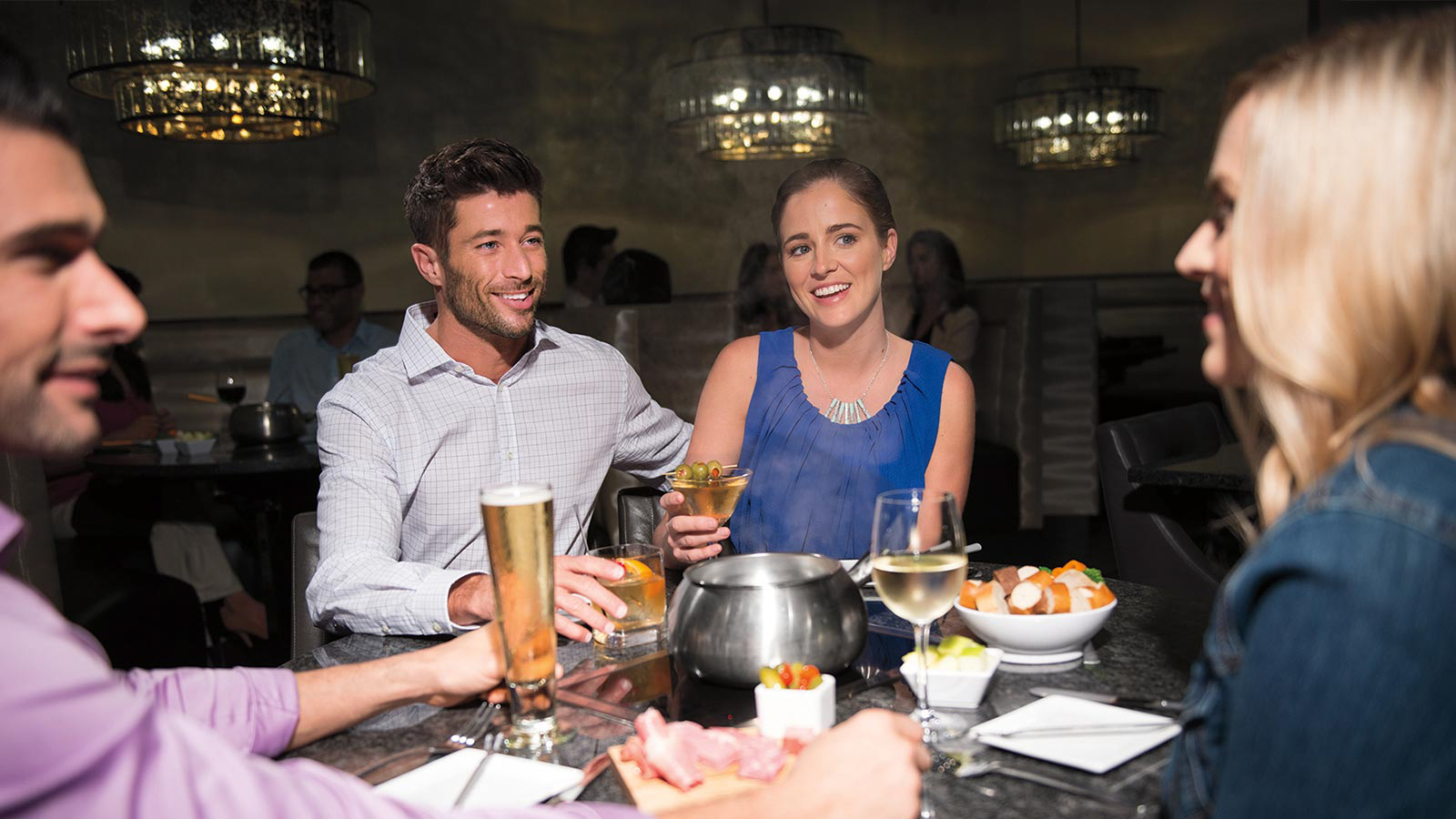

With a soon-to-open restaurant in the works, the Sioux Chef currently operates as a catering company, offering healthy dishes like cedar-braised bison, sage-smoked turkey, and cornmeal-crusted walleye trout. Its founder and CEO, chef Sean Sherman, specializes in indigenous, pre-colonial foods of the Great Plains that are naturally gluten-, dairy- and refined sugar-free. Inspired by centuries of history in the area, the Sioux Chef is a group committed to revitalizing Native American cuisine and making it more accessible to the public. When it comes to culinary creativity, no group has been playing with local ingredients and flavors longer than Minnesota’s Native American communities. Paul’s expansive Hmongtown Marketplace and Hmong Village-from steaming bowls of beef pho to spicy papaya salad. Today, you’ll find some of the best Hmong food in the country at St. During the mid-1970s, many Hmong moved to Minnesota, escaping destructive wars in Laos. While Minnesota is perhaps best known for its large Scandinavian diaspora, the Twin Cities are also home to America’s largest community of Hmong-a distinct ethnic group in East and Southeast Asia. In fact, some 22 cultures are represented among the more than 45 vendors. Showcasing the ethnic diversity of the surrounding neighborhood, which includes a growing Latino community, stalls here sell everything from tres leches cake at Panaderia y Pasteleria Samantha to Cambodian and Thai fusion at Sabbai Cuisine.

The marketplace is a bustling hub for up-and-coming chefs and artisans, whose small businesses are continually expanding the city’s menu of global flavors. Have Lunch at the Midtown Global Marketplaceįood halls have become one of the most fashionable ways to sample a local food scene, and the Midtown Global Market in Minneapolis is the perfect place to start exploring.


 0 kommentar(er)
0 kommentar(er)
